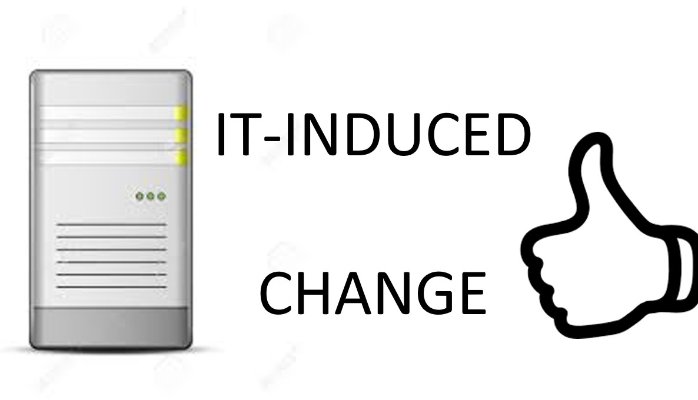Here’s an excerpt from my upcoming book. Comments and feedback appreciated:
Among all human endeavours, wrote German philosopher Arthur Schopenhauer, change is the only thing that is immortal.
A cursory perusal of the headlines of the major business magazines proves the truth of this statement. ‘’New CEO escapes the legacy of his predecessor and steers industrial colossus in a new direction.’’ ‘’A cost crisis, changing labour markets and new technology turn an old institution on its head.’’ ‘’New technologies improve adult learning.’’ ‘’Lawmakers back new cement policy.’’ ‘’The President takes immigration reform into his own hands.’’
Whilst organisational change appears to be happening with increasing frequency and magnitude in the private sector, change is equally prevalent in the Public Sector. Public-sector organizations also struggle to make change stick, with many of their failures cataloged by the media in painful detail. What state has not tried to reform its health-care system, improve its public-transportation network, or implement a major IT program only to give up after several years of minimal impact and ballooning costs? The dispersed accountability of government agencies and the intense public scrutiny given to the public sector combine to make real and lasting reform quite challenging to carry out. (BCG Perspectives, 2012)
As the wave of innovation continues to rise steadily, heralding changes to organizational processes, systems and technology, job roles and organizational structure and policies, what consequences follow in the wake of the tidal wave of change?
In the words of Florentine political philosopher, Niccolo Machiavelli, there is nothing more difficult to take in hand, more perilous to conduct, or more uncertain in its success, than to take the lead in the introduction of a new order of things. Because the innovator has for enemies all those who have done well under the old conditions, and lukewarm defenders in those who may do well under the new.
Why is change so difficult to effect? It all boils down to the human psyche. People generally have a strong need for control. They meet this need by dictating or at least anticipating their future. They then establish specific expectations based on what they can shape or anticipate.
Major changes such as those profiled above tend to create a sense of vulnerability and undermine the sense of control of an employee. When the perceived reality matches expectations, the employee achieves a sense of control by accepting and encouraging the change. The change can then be said to be positive. Positive change is depicted by Accenture (1997) in the figure below:
When perceived reality does not match expectations, however, there is a sense of being unprepared. The employee can only achieve a sense of control by rejecting the change. This is called Negative Change. The figure below, from Kubler-Ross (1997), shows the negative reactions that usually accompany any change.
The effects of a negative response to change in an organization can be devastating. The following case study results illustrate some negative outcomes of poorly managed changes:
- 30% unplanned increase in transition resources where there is a lack of skilled resources; leading to a need to hire temps to fill positions
- Millions of dollars of unplanned expenditures where there is a lack of knowledge transfer between the transitioning employees and new resources; leading to a potential decline in current revenue
- 20 – 30% rework rate on normal day-to-day service requests within a shared services centre; leading to a potentially negative impact on ability to meet customers’ requirements
- Millions of dollars spent on recreating training materials where initial training is poor and not developed by training specialists (or where the requirements are not understood); leading to failure to meet project schedules
- 40% unplanned increase of Change Management Full Time Equivalents to manage sponsorship and additional user testing where it was not included up-front
Bearing in mind the huge costs and implications of negative change, it is no wonder that a 2010 global awareness executive research—based on a survey of 976 C-level executives across most industries and geographies—found that the Number 2-ranked business issues on the minds of respondents concerns the management of change. (See Figure 3)
As issues relating to managing change have risen to the top of the C-suite agenda, the discipline of change management has evolved to the status of a profession. In my next posts, I’ll define clearly the principles and practice of change management.
| Business Issue | Rank |
| Acquiring new customers | 1 |
| Managing change within the enterprise | 2 |
| Managing risk | 2 |
| Intensified pressure to reduce costs | 4 |
| Reducing workforce-related costs | 5 |
| Managing for a downturn in business | 6 |
| Applying innovation to stay ahead of the competition | 6 |
| Attracting, retaining and developing skilled talent | 8 |
| Increasing customer loyalty and retention in an increasingly buyer-driven market | 8 |
| Changing corporate culture and employee attitudes | 10 |
| Improving workforce performance – ensuring our workforce is the most productive, creative and entrepreneurial | 10 |





